Selly Djap
Looking across the ocean as a child, Selly Djap drew inspiration from the depths of the surrounding Indonesian waters. That inspiration was later transformed into her most recent collection — Polarity.
Djap, a Gallatin freshman, came to NYU from a small region in Indonesia called Ancol, which is located in North Jakarta. While there, she attended the Bunka School of Fashion, where she learned pattern drafting and sewing techniques. And now at Gallatin, she is applying her previous studies to her concentration, which combines fashion design and business.
“Most designers strictly design,” Djap said. “I want to be able to design and understand the whole business process of where the fabrics are coming from and where my designs are going.”
Djap is not new to the designing game. She said she has been designing since she was a kid and recalled always sketching clothes. Now, she gets to see those designs come to life.
For her debut, Djap premiered Polarity at the 2017 Gallatin Fashion Show. The theme was emPOWERed — which the designers could interpret however they wanted — and Djap’s designs emulated the power of women themselves. But this power wasn’t only visible in the final product — it started taking shape during the earliest stages of production and grew with the designs and debuted on the runway. Turning to social media for an assistant seamstress, Djap, along with a helping pair of hands, did all of the construction for the collection: cutting, sewing, beading and everything in between.
“In the end, all the needle pain was worth it,” Djap said. “I saw my designs on real models on
a real runway. That night made me want to design even more, but definitely get some production help.”
Her women’s collection features five designs, which can be dressed up or down for both the day and night — all are inspired by the ocean. But Polarity is no ordinary aquatic-inspired collection. Its palette derives from the creatures of the ocean, while the beading and pearls seek to resemble the textures of the sea’s terrain.
Djap expressed how many ocean-inspired collections take the theme literally, sticking to a blue color palette and slick, water-like silk fabric. In her own collection, she sought to expand the concept beyond the obvious motifs.
“I focused on a wider range of color and texture to show the broader spectrum of what the ocean holds,” Djap said. “The ocean symbolizes strength, which I hope is shown through my designs.”
To further her fashion studies, Djap is a member of Gallatin’s Practicum in Fashion Business where she gets hands-on experience in the industry. In her class, students learn about the ethics of the notoriously wasteful fashion industry. According to Djap, they’ve discussed the accelerated rate of consumption that fast-fashion brands promote, where people throw out barely worn clothing in favor of the newest trendy styles. She also noted how getting clothing companies to realize that customers will pay more for ethically made products is a hurdle.
“Consumers have to show big name brands that they’re willing to pay $30 for a t-shirt rather than $5 for one made in a sweatshop in China,” Djap said.
With a collection inspired by nature, Djap said that while seeking fabrics for her Polarity line, she tried sourcing sustainable fabrics but discovered that suppliers could not verify whether the textiles were made of sustainable products. This is the hard truth for beginning designers like Djap, who don’t work closely with textile manufacturers, making it difficult to support the sustainable fashion industry. Djap said that the cyclical nature of consumers not questioning what the fashion industry provides for them, and clothing companies not giving consumers information about waste and pollution leads to the inaccessibility of sustainable sources.
Djap recently conducted a study on the increasing popularity of veganism in fashion titled, “Veganism as a Growing Consumer Trend,” which won the YMA-Fashion Scholarship Fund competition. It is awarded to students who are pursuing careers in the fashion industry and submit an exceptional case study project dealing with design in conjunction with business strategies and a current issue like sustainability. The YMA FSF grants $5,000 scholarships to approximately 200 students each year. In her study, she sketched designs all envisioned to be made from a versatile fabric created using seaweed. Through the YMA FSF, Djap now has the chance to participate in its mentorship program, where students work closely with an esteemed member of the fashion industry and find internship opportunities.
After winning this scholarship, the public relations team from the University of Pennsylvania Fashion Show contacted Djap in hopes to feature her Polarity designs for their show this April.
As she looks to work on more fashion projects and market her designs beyond concept boards and prototypes, Djap said that she does not plan to stray from designing any time soon. She aspires to dive into couture design, where she hopes to create among her icons, like Alexander Wang.
“I just love the elegance of women’s couture and I want to curate that,” Djap said. “I’ll always be creating. But for now, I’m working on learning said curation and bring it to the runway.”
Email Pamela Jew at [email protected].
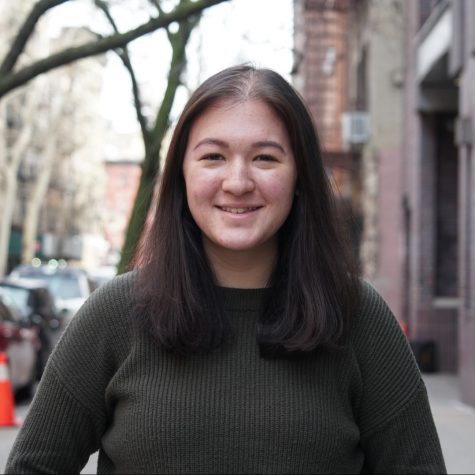
Pamela Jew is the Managing Editor of WSN's magazine, Under the Arch, and a junior in Gallatin studying 'Community Through Commodity' with a Anthropology...
Polina Buchak is the Senior Multimedia Editor at the Washington Square News. She is in Tandon and Tisch, following her passion in Filmmaking and Integrated...























































































































































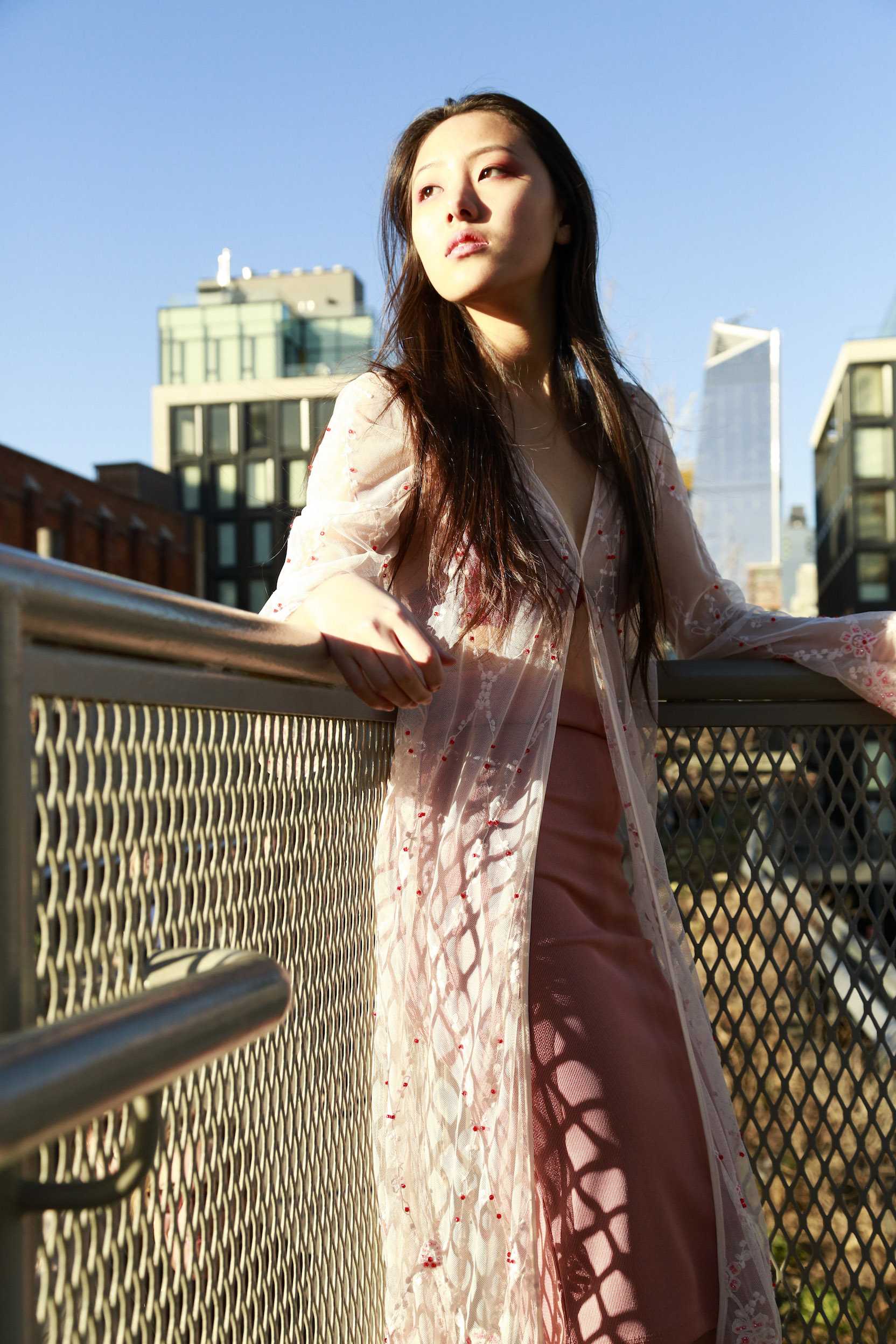
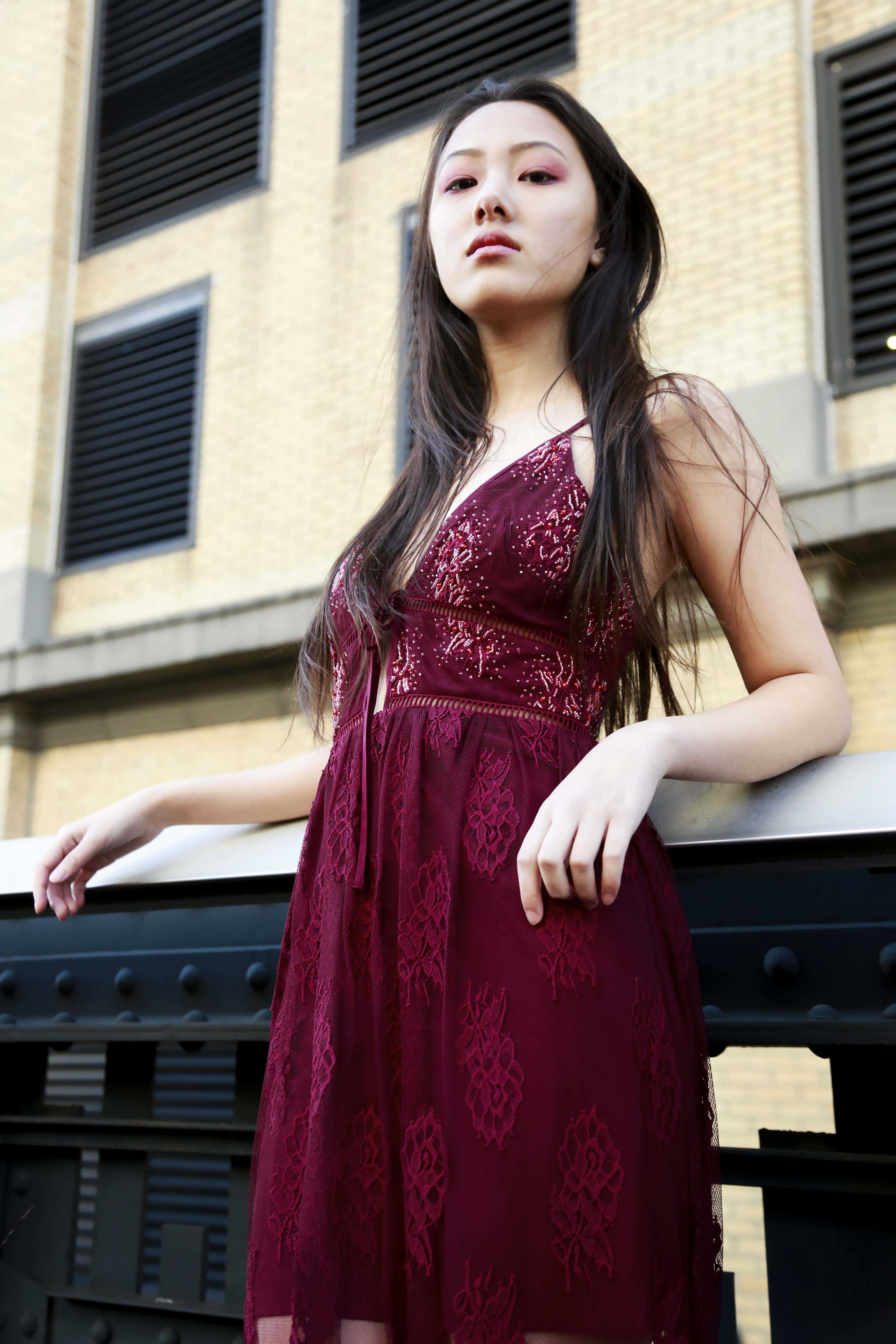

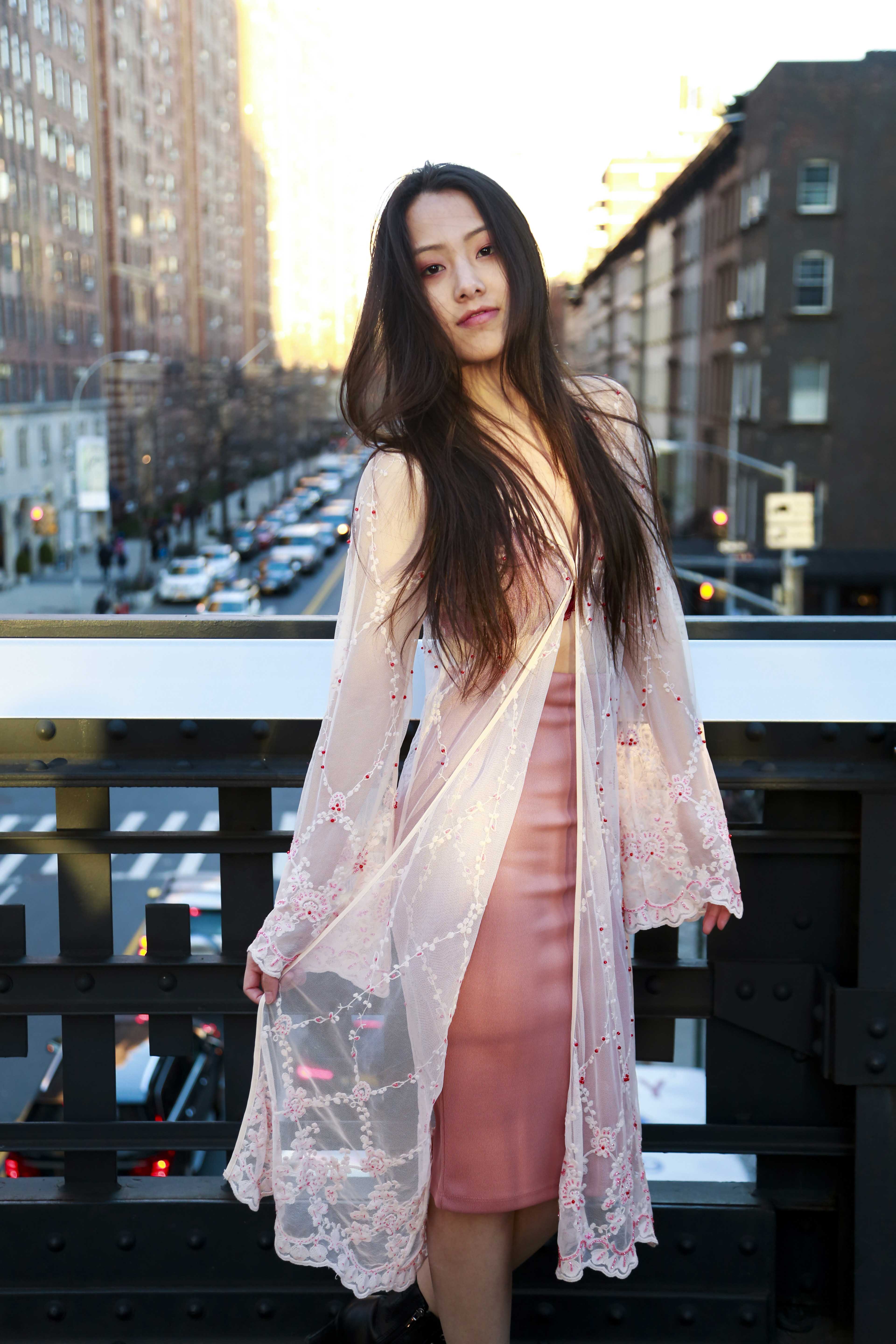
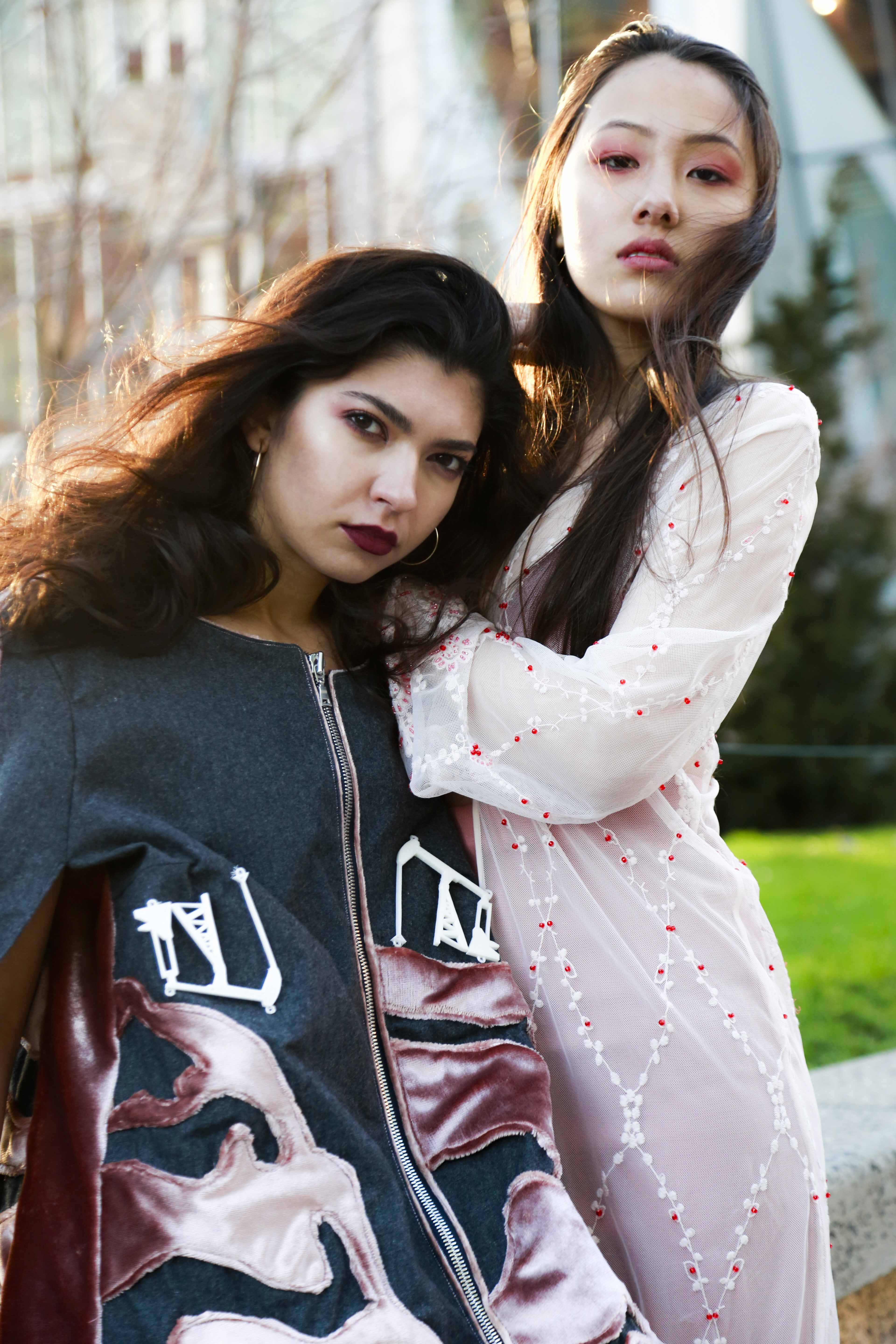
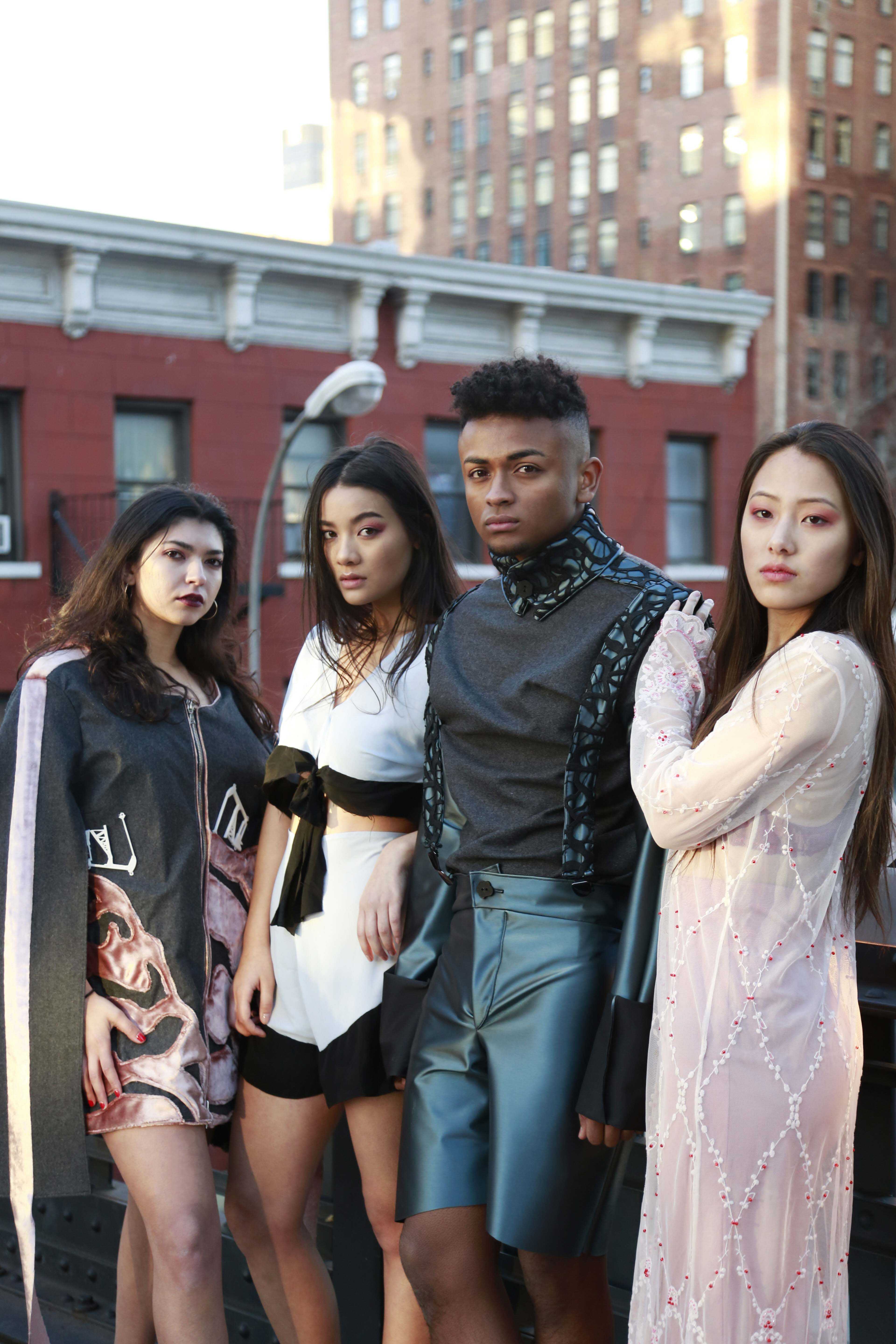
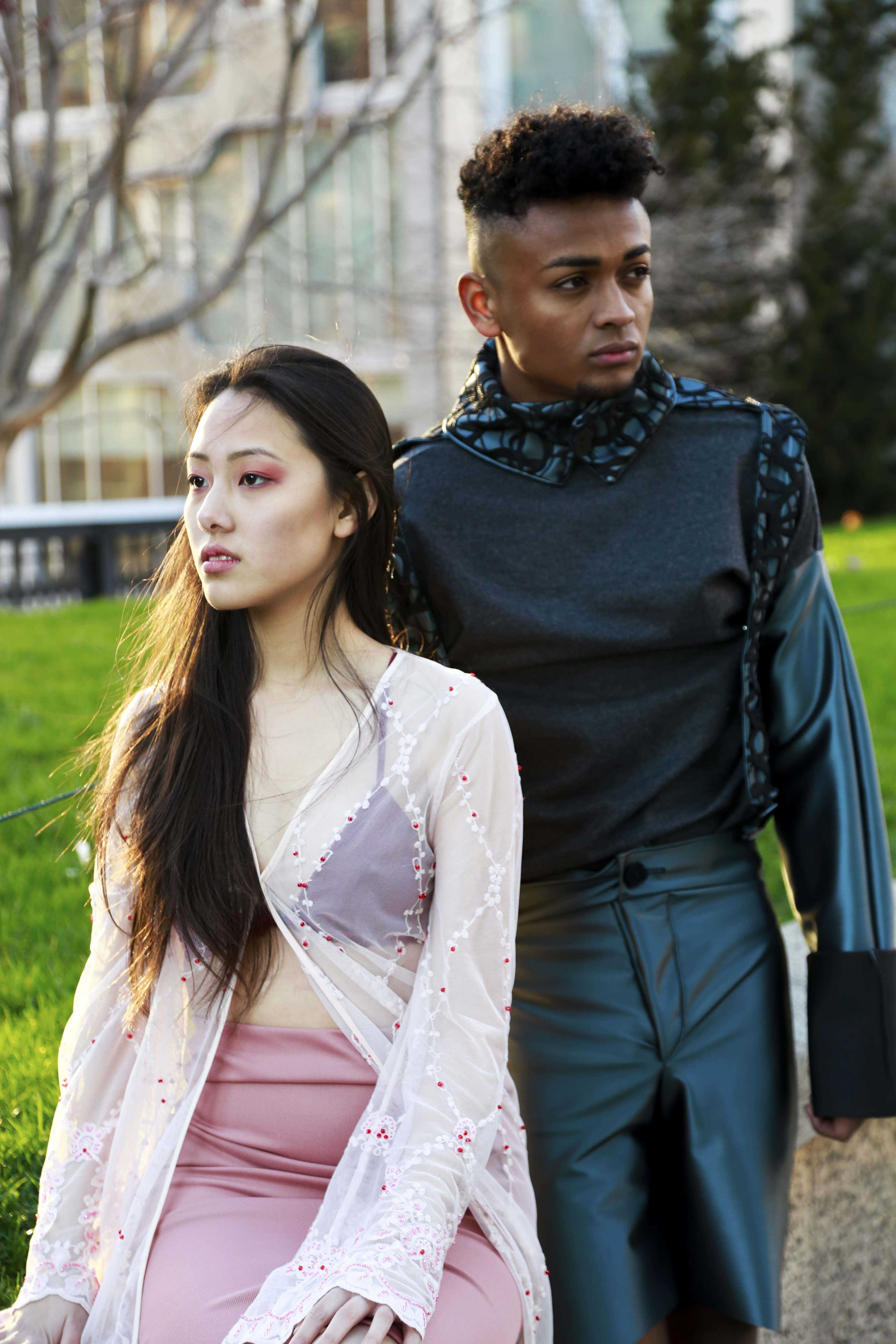
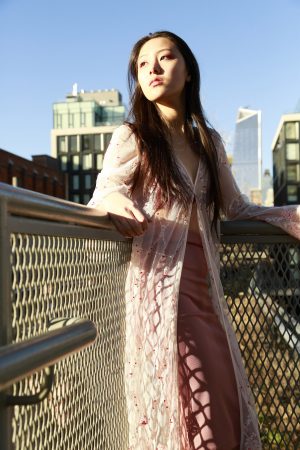

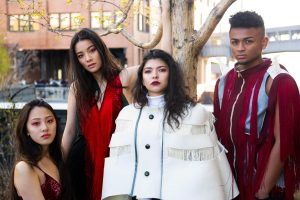
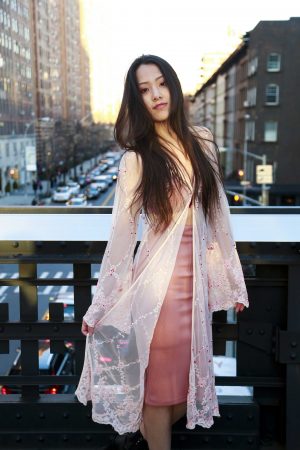

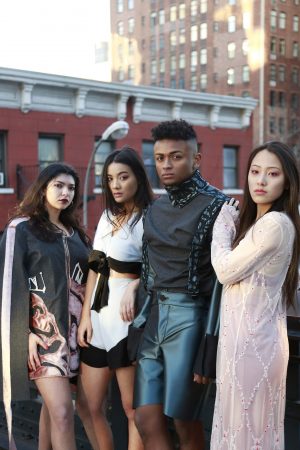
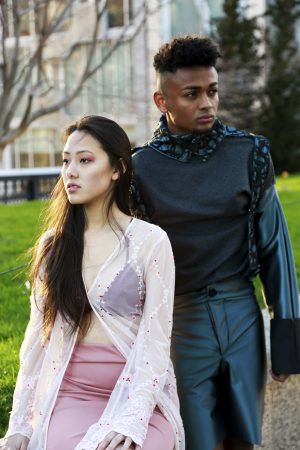
AmoyLily • Apr 25, 2017 at 4:00 am
Rome was not built in a day. Djap is respectable in striving for her fashion dreams. And she did it, it’s really honorable.
AmoyLily